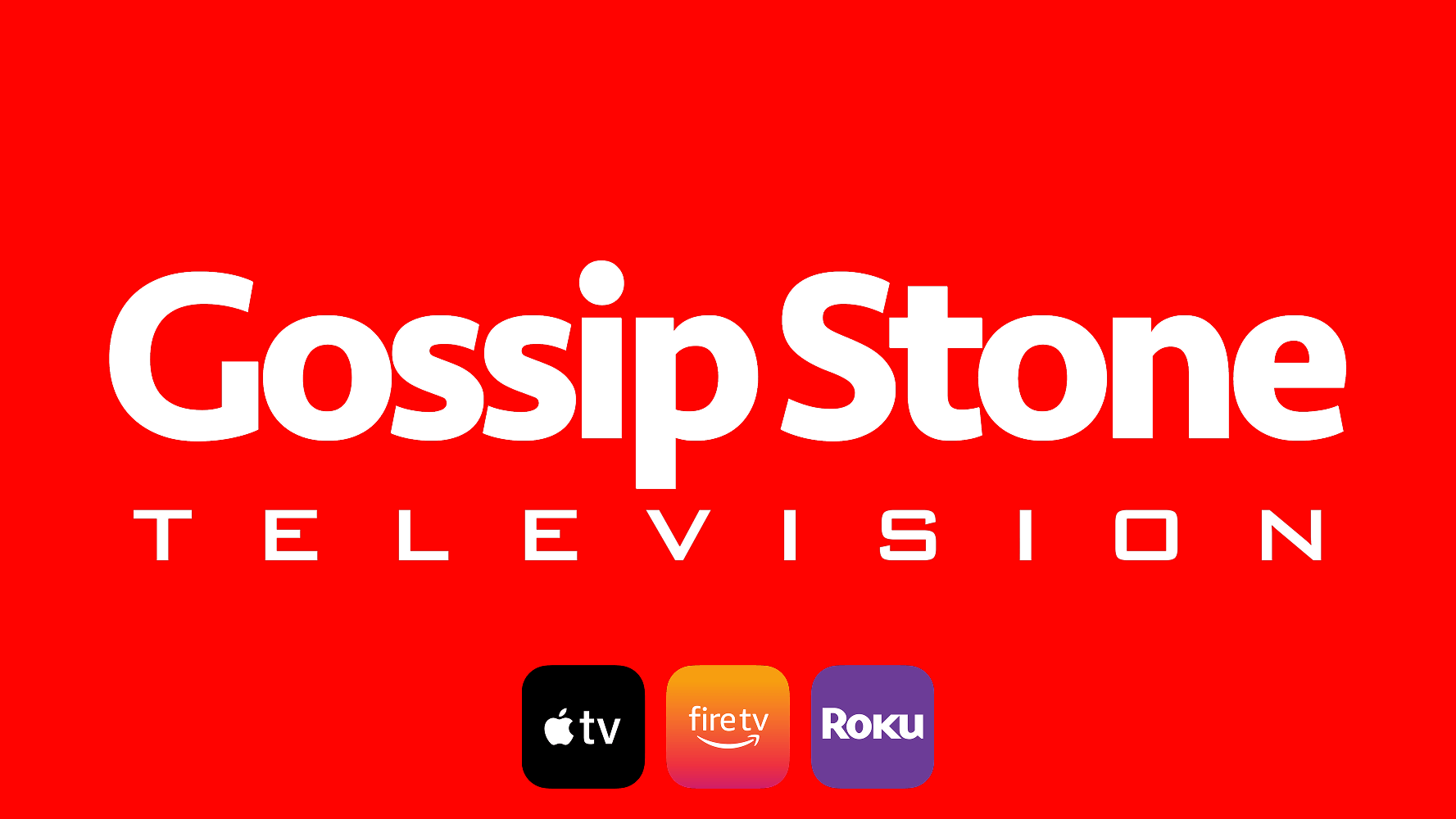You don’t need decades of experience to earn trust. You need clarity, credibility, and content that moves people.
“Thought leader.” The term gets thrown around everywhere—from LinkedIn bios to podcast intros—but what does it really mean?
It’s not about being famous. It’s not about being perfect. And it’s definitely not about having a TED Talk or bestselling book (though those help).
Being a thought leader in 2025 means this: your ideas shape the way others think, act, or speak in your space. It’s influence rooted in clarity and the ability to establish credibility and authority. And you don’t need a PhD to get there—you need strategy.
This article breaks down how to go from unknown voice to trusted authority, even if you’re still building your brand, your audience, or your experience. The benefit of thought leadership lies in inspiring others and demonstrating your knowledge, which can significantly impact your business’s reputation and success.
Redefining “Expertise” in the Creator Economy

Expertise used to be about resumes. Now? It’s about perspective.
If you’ve lived through something, built something, tested something, or paid attention in a way others haven’t—you’ve got a story to tell. And that story, packaged with insight and consistency, is what creates thought leadership. By sharing valuable insights, you can effectively demonstrate your expertise and establish credibility.
The benefits of thought leadership include enhancing credibility, boosting industry presence, and providing unique insights that can influence others and inspire innovation.
The difference between an “expert” and a “thought leader” is simple:
- Experts know things
- Thought leaders communicate them so others change
Don’t wait to be anointed. Start where you are, with what you’ve seen.
Building a Strong Foundation
Building a strong foundation is crucial for establishing credibility and trust with potential clients. It all starts with professional branding. Your brand is your first impression, and it needs to showcase your expertise and values clearly. A polished website and consistent social media posts are vital for building credibility and making a lasting impression.
Knowledge sharing is another cornerstone of a strong foundation. Regularly publishing blog posts, articles, and even starting a YouTube channel can position you as a thought leader in your field. Senior management should be actively involved in this process to ensure consistency and credibility across all platforms.
A well-defined strategy with clear goals is essential for long-term success. This strategy should be rooted in a deep understanding of your target audience and their needs. By aligning your content and marketing strategies with what your audience values, you can build a foundation that supports sustained growth and credibility.
Find a Point of View That Cuts Through Noise

Thought leaders don’t just repeat trends—they frame them differently by focusing on relevant industry challenges and solutions.
Challenging oneself to push limits and advance in one’s career is crucial for personal and professional growth.
Ask yourself:
- What’s broken in your industry that nobody’s fixing?
- What truth are people afraid to say out loud?
- What do you disagree with that most people accept?
- What experience gives you a lens that’s rare or sharp?
Then put it into words. One sentence. Bold. Simple.
“Most creators are burned out because they’ve built platforms, not brands.” “The future of luxury isn’t excess—it’s restraint.” “PR isn’t about spin. It’s about permission.”
Your point of view is your hook. Make it crisp.
Package That POV Into Content People Want to Share
Thought leadership isn’t just what you think—it’s what others repeat.
Take your insight and turn it into content that lives in people’s heads:
- Write weekly LinkedIn posts with a strong opening line and a punchy close
- Record short videos explaining a concept or myth in your niche
- Create quote graphics, carousels, or Twitter threads that simplify ideas
- Host live Q&As where you take a stand on something relevant
- Start a Substack that builds on your main theme over time
For example, successful thought leaders often cite their personal experiences or strategies used by recognized figures to establish their authority and connect with their audience.
The key isn’t volume—it’s pattern recognition. Say the same thing, better and clearer, over and over until people know what you stand for.
Use Media to Transfer Credibility
You can build thought leadership faster by borrowing authority. That’s where press comes in.
When a journalist quotes you, when your name appears in Forbes or Rolling Stone, your ideas inherit the credibility of the platform. Including case studies and testimonials can further validate your skills and trustworthiness, making them essential elements of your online presence.
Even one article where you’re interviewed, quoted, or profiled can:
- Validate your voice
- Make others take you seriously
- Open speaking, writing, and brand deal opportunities
The fastest way to scale perception is to be seen saying smart things in places people already trust.
Agencies like VUGA Media Group specialize in placing founders, artists, and creators in these exact outlets—without waiting years to be “ready.”
Engaging with Your Audience
Engaging with your audience is a key component of building credibility and trust. Responding to comments and messages on social media and your LinkedIn profile shows that you value your audience’s input and are willing to engage in meaningful conversations.
Creating valuable content that shares your insights and expertise can help establish your authority and thought leadership. Networking events and conferences are excellent opportunities to meet potential customers and partners, expanding your reach and influence.
Building credibility requires ongoing effort and engagement. Consistency in your communication and messaging is vital. Understanding your audience’s needs and challenges allows you to create effective solutions and services that resonate with them, further solidifying your position as a thought leader.
Tell Stories That Prove Your Perspective

Your ideas need evidence. But that doesn’t mean charts and studies—it means stories. Being transparent about your successes and setbacks demonstrates honesty and builds credibility.
Talk about a time when:
- You failed, and learned the hard way
- You did the opposite of what everyone else did—and won
- You helped a client or audience member shift their mindset
- You saw something coming before it happened
Being honest in your interactions fosters reliability and trustworthiness. Stories stick. Stories signal depth. And stories make you human, which makes your ideas easier to trust.
Claim a Lane and Stay There
One of the biggest mistakes aspiring thought leaders make is being too broad and underestimating the hard work required to establish thought leadership.
You don’t need to speak to everyone. You need to own one lane, and stay in it long enough for people to associate you with that topic.
That could be:
- “Creative entrepreneurship for women over 40”
- “The intersection of AI and emotional storytelling”
- “Luxury branding for artists”
- “Funding strategies for overlooked founders”
Narrow gets noticed. Wide gets ignored. Additionally, maintaining a strong reputation in your niche is crucial for building credibility and fostering trust.
Developing a Strategy
Developing a strategy is essential for building credibility and achieving long-term success. Start with a well-defined strategy that includes clear goals, objectives, and tactics for establishing thought leadership. Conducting thorough research and analyzing data can help identify areas for improvement and opportunities for growth.
Creating a content calendar and scheduling social media posts ensures consistency and credibility in your messaging. Engaging with influencers and other thought leaders in your industry can help expand your audience and build credibility through association.
Measuring success and tracking progress is crucial for adjusting your strategy and improving results. Stay up-to-date with the latest trends and developments in your industry to maintain your credibility and thought leadership.
Speak Like You’ve Been Published—Even Before You Are
If you want people to take your voice seriously, understand that you need to grasp key concepts and effectively convey your expertise. That means:
- Writing clearly, not cleverly
- Speaking in headlines, not rambles
- Using structure in every post: hook → insight → action
- Avoiding jargon unless you define it
- Citing your sources, even when informal
The more polished your communication, the more “editorial-ready” you’ll sound—and that makes real media coverage more likely.
Collaborate With Other Voices That Add Weight
Thought leadership isn’t about ego. It’s about ecosystems.
Joining exclusive groups or clubs within professional settings can significantly enhance your thought leadership by providing access to valuable networks and experiences.
Work with:
- Hosts of industry podcasts
- People who run newsletters in your space
- Events or panels that feature rising talent
- Niche YouTube creators who interview people with fresh ideas
- Experts who complement your perspective—not copy it
Organizations play a crucial role in offering opportunities for visibility and thought leadership, helping you establish credibility and expand your network.
The more your ideas bounce off others, the more valuable they become.
Also: the people you quote and tag often share your content, which extends your reach and boosts perceived relevance.
Overcoming Challenges
Overcoming challenges is a crucial part of building credibility and achieving success. Identifying and addressing potential challenges and obstacles can help prevent setbacks and maintain your credibility. Developing a growth mindset and being open to learning and improvement can help you stay ahead of the competition.
Building a support network of peers and mentors can provide valuable insights and guidance. Creating a plan for overcoming challenges and setbacks ensures consistency and credibility in your efforts. Staying focused on your goals and objectives helps maintain motivation and direction.
Celebrating successes and learning from failures can help build confidence and credibility. Each challenge you overcome adds to your story and strengthens your position as a thought leader.
Be Consistent Long Enough to Be Recognized
You can’t shortcut credibility. But you can accelerate recognition by consistently offering valuable solutions and demonstrating your expertise.
Consistently offering value—whether through practical tips, solutions, or resources—enhances your credibility and reliability.
Try this:
- 3 months of posting weekly
- 3 podcast appearances
- 2 articles pitched or placed
- 1 media feature (even small)
- 1 brand story shared multiple ways
In most industries, that’s enough to go from unknown to recognized contributor.
And once you’re recognized? The opportunities shift. People ask you to speak, write, or consult. You don’t chase—it comes to you.
Measuring Success
Measuring success is essential for evaluating the effectiveness of your strategy and making necessary adjustments. Tracking metrics such as website traffic, social media engagement, and lead generation can provide a clear picture of your progress.
Conducting regular audits and assessments can help identify areas for improvement and opportunities for growth. Gathering feedback from clients and customers provides valuable insights that can help you improve your services.
Using tools like search engines and analytics software can help track your progress and measure success. Setting benchmarks and targets allows you to evaluate your success and make adjustments to your strategy as needed. Continuously monitoring and evaluating your strategy ensures long-term success and maintains your credibility.
Final Thought
You don’t need to wait to be called an expert. You need to act like someone whose ideas matter now.
The truth? We’re all figuring it out as we go. The difference is, some of us say it out loud—with confidence, clarity, and consistency.
Thought leadership isn’t about having all the answers. It’s about having better questions, a real point of view, and the guts to put it in the world.
And if you do it well, someone will quote you. Someone will link to you. Someone will share your words in a room where you’re not even present.
That’s what thought leadership really is.
It’s not about being loud.
It’s about being repeated.
Would you like to continue with article #6: Press Is the New Business Card: Why Top Brands Win Deals Before the First Call?
VUGA Media Group is a global media powerhouse with direct access to over 1,000 of the world’s leading publications and a proprietary network of 15,000 verified journalists. We work with major brands, celebrities, influencers, producers, and businesses across every industry to craft powerful narratives and deliver guaranteed media coverage. With over 1,000 clients served worldwide, our results speak for themselves. Contact us—and let us make you famous.





